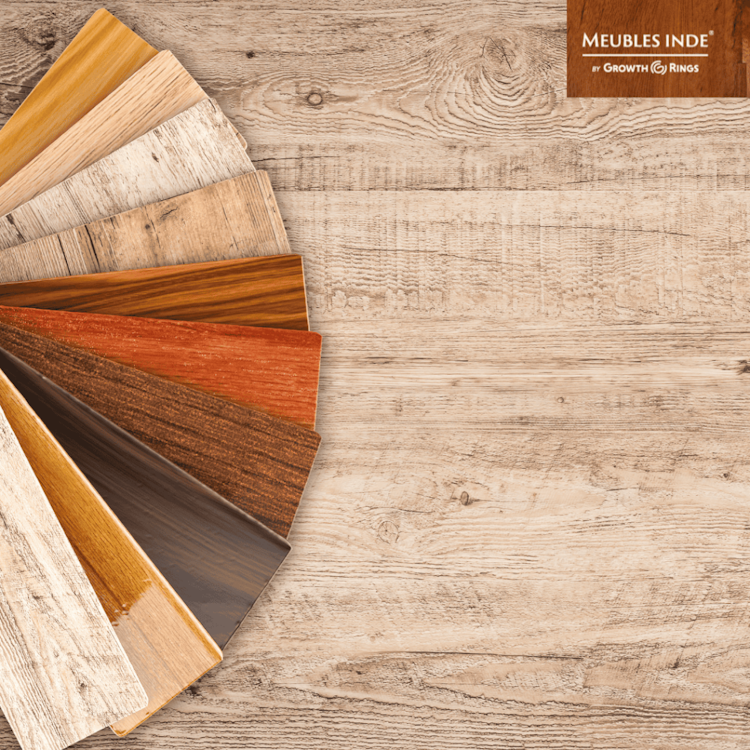When it comes to choosing furniture, understanding the differences between materials like acacia wood and mango wood can help you make the best decision for your home or business. These woods might look similar at first glance, but they have unique characteristics that set them apart.
While the appearance of furniture made from acacia or mango wood might catch your eye, there’s more to consider than just looks. These woods have different strengths and weaknesses that can affect their durability, maintenance, and overall suitability for different purposes. Let’s dive deeper into what makes each type of wood special.
Acacia Wood: What You Need to Know
What is Acacia Wood?
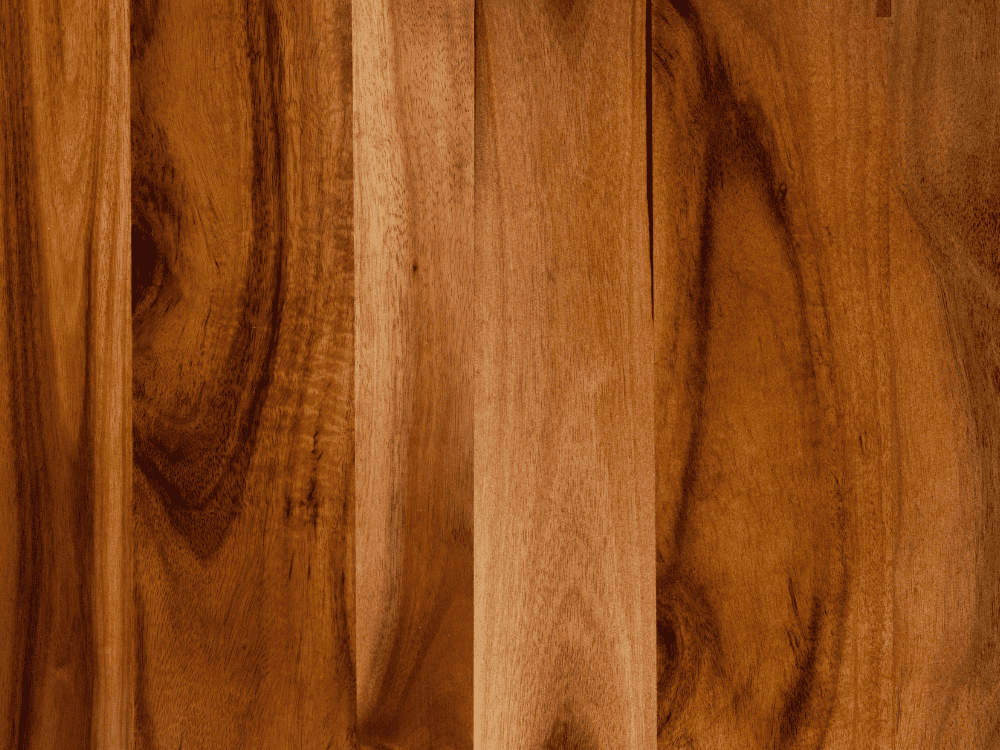
Acacia wood comes from acacia trees, which are found in various parts of the world like Africa, Asia, and Australia. It’s known for its diverse range of colors and grain patterns, making each piece of furniture unique.
Looks and Strength
- Color and Grain Pattern: Acacia wood can range from light golden hues to deep browns. Its grain pattern often includes swirls and knots, adding character to the wood.
- Durability and Hardness: Acacia wood is durable and resistant to scratches and dents, making it a reliable choice for furniture. It’s as sturdy as teak wood, ensuring longevity in furniture items.
Where it’s Used
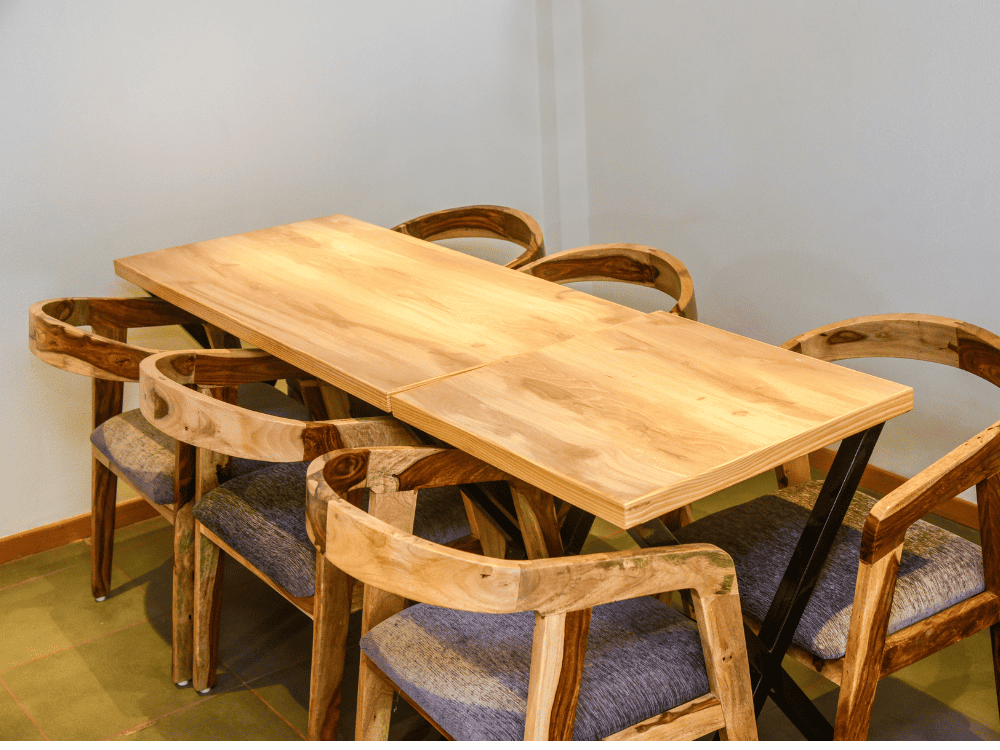
Acacia wood is versatile and can be used for various furniture pieces and home decor items. It’s commonly used for dining tables, solid hardwood flooring, and both indoor and outdoor furniture due to its adaptability and inviting warmth.
If you are searching for the same…..I would love to show you our wide range of furniture that is best for you…You can visit our website Meubles Inde for that.
Mango Wood: What Makes it Special
What is Mango Wood?

Mango wood comes from mango trees, mainly found in South Asia. It’s known for its warm, honeyed tones and distinctive grain patterns, making it a unique choice for furniture and decor.
Appearance and Strength
- Color and Grain Pattern: Mango wood ranges from light beige to rich golden brown, with interwoven streaks of darker hues in its grain pattern, giving it an organic and elegant appearance.
- Durability and Hardness: While mango wood is softer compared to some hardwoods, it’s still durable and can withstand daily use when properly treated. Its medium hardness allows for intricate detailing and carving.
Where it’s Used
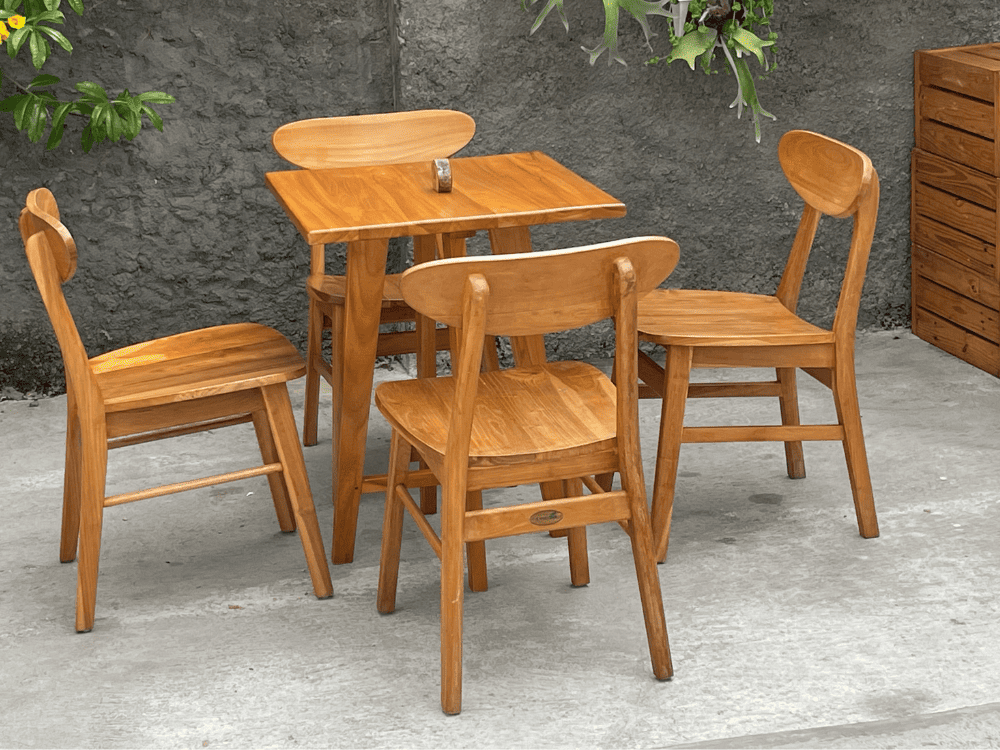
Mango wood’s versatility shines through in various furniture and home decor applications. It’s used for everything from intricately carved cabinets to sleek dining tables, and its ability to absorb stains and finishes well makes it suitable for diverse design aesthetics.
As we are experts in making fascinating Mango Wood Furniture, you would love to see our wide range of furniture that is best for you…You can visit our website Meubles Inde for that.
Acacia vs Mango: Main Differences
Color and Looks
- Acacia Wood: Comes in a range of colors from light golden hues to deep browns, with distinctive grain patterns featuring swirls and knots.
- Mango Wood: Exhibits warm, honeyed tones ranging from light beige to rich golden brown, with interwoven streaks of darker hues in its grain pattern.
Where They Come From
- Acacia Wood: Sourced from acacia trees found in regions across Africa, Asia, and Australia.
- Mango Wood: Derived from mango trees primarily found in South Asia.
Strengths and Weaknesses
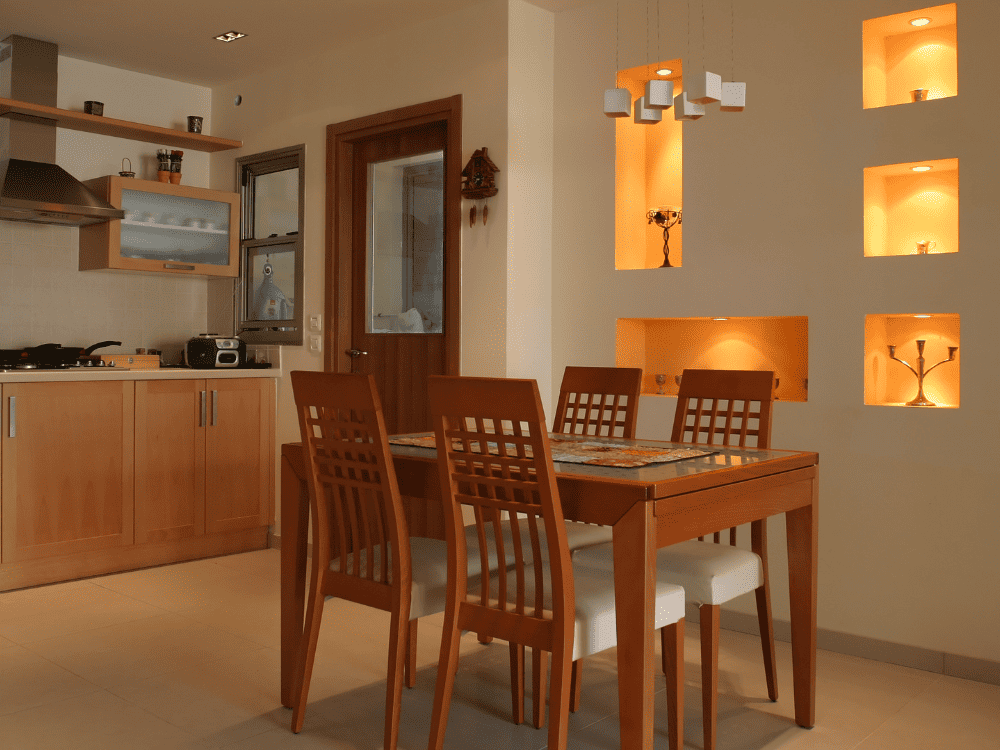
- Acacia Wood: Known for its durability and hardness, resistant to scratches and dents. Can vary in sustainability.
- Mango Wood: Appreciated for its sustainability and workability but may be prone to dents and scratches over time due to its softer nature.
Eco-Friendly Factor
- Acacia Wood: Sustainability varies depending on species and harvesting practices.
- Mango Wood: Often considered more sustainable due to its status as a byproduct of the fruit industry, with harvesting practices aimed at reducing waste.
Price and Availability
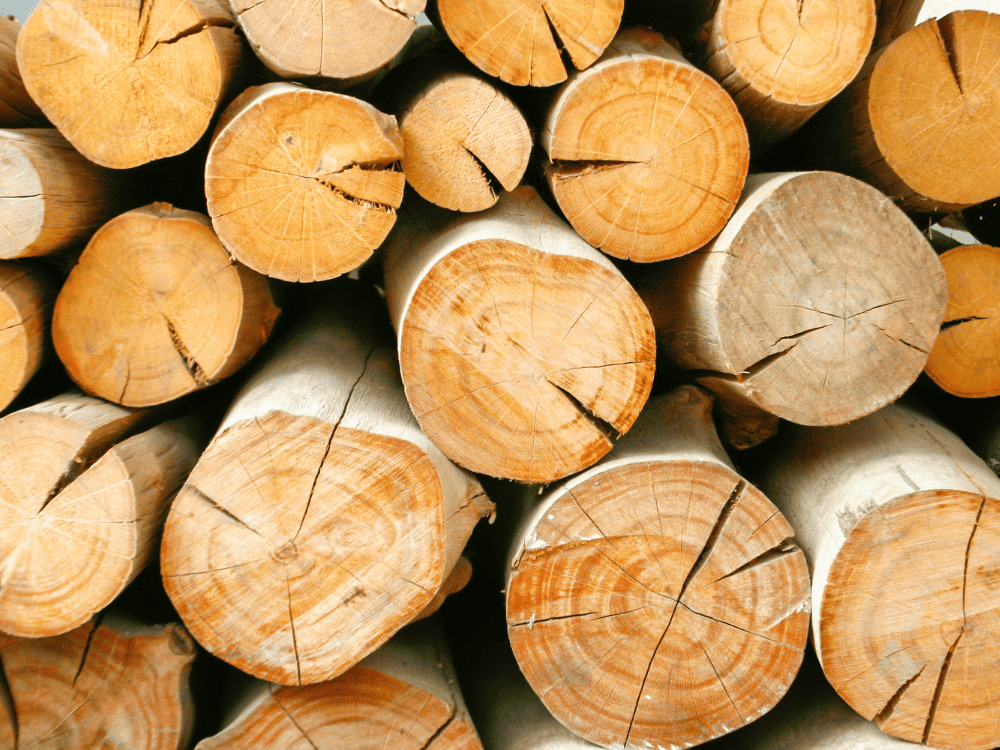
- Acacia Wood: Cost varies based on type and quality, generally available globally contributing to a competitive market.
- Mango Wood: Typically competitively priced, availability influenced by demand and regional focus.
How They Handle Weather
- Acacia Wood: Naturally resistant to moisture and pests, suitable for outdoor furniture, and durable against environmental factors.
- Mango Wood: Exhibits resistance to moisture and pests but may benefit from proper sealing for enhanced durability, particularly in fluctuating climates.
Final Thoughts
What to Consider
Before making a decision between acacia and mango wood furniture, consider factors such as your specific needs, budget, and preferences. Think about where the furniture will be used, how much maintenance you’re willing to do, and your environmental concerns.
Making Your Choice
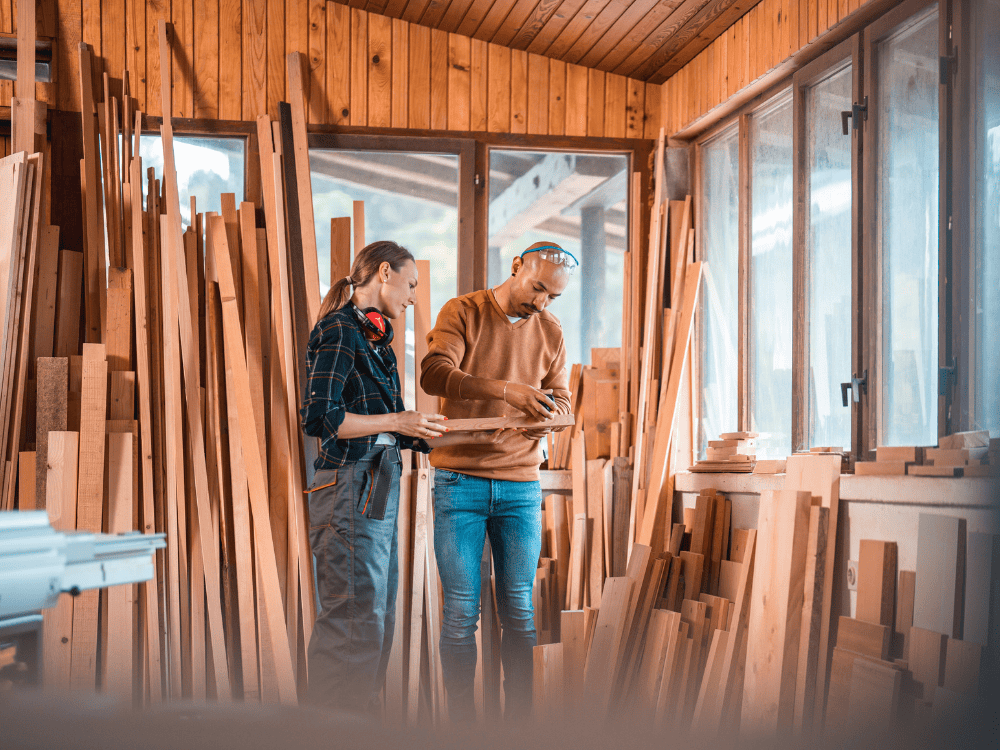
When choosing between acacia and mango wood, weigh the pros and cons discussed earlier. Consider whether you prioritize durability, sustainability, appearance, or cost. Assess how each wood type aligns with your requirements and aesthetics to make an informed decision.
Quality Matters
Regardless of your choice between acacia and mango wood, prioritize quality. Look for well-crafted furniture pieces made from solid wood and constructed with attention to detail. Quality craftsmanship ensures longevity and satisfaction with your furniture investment.




